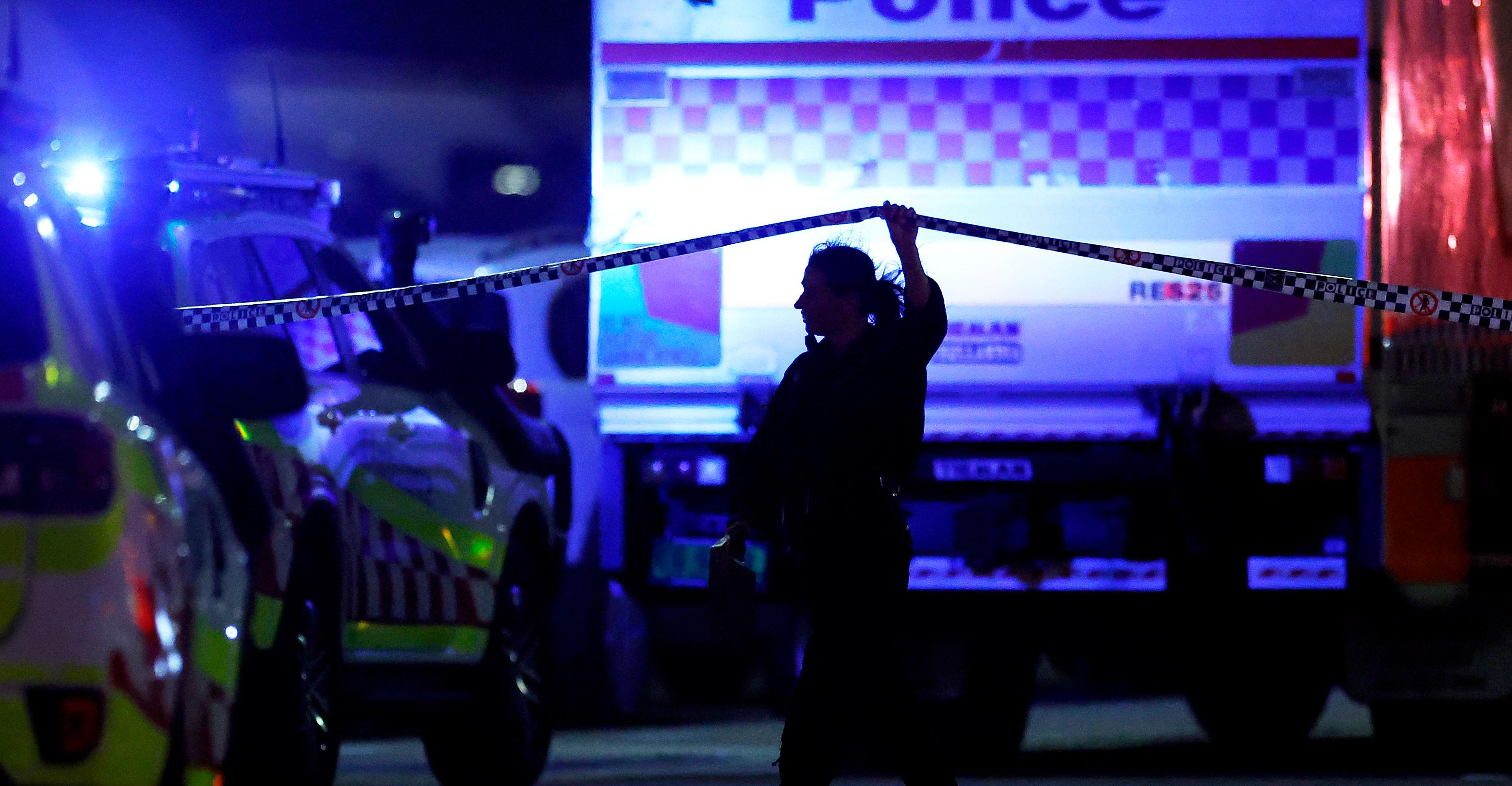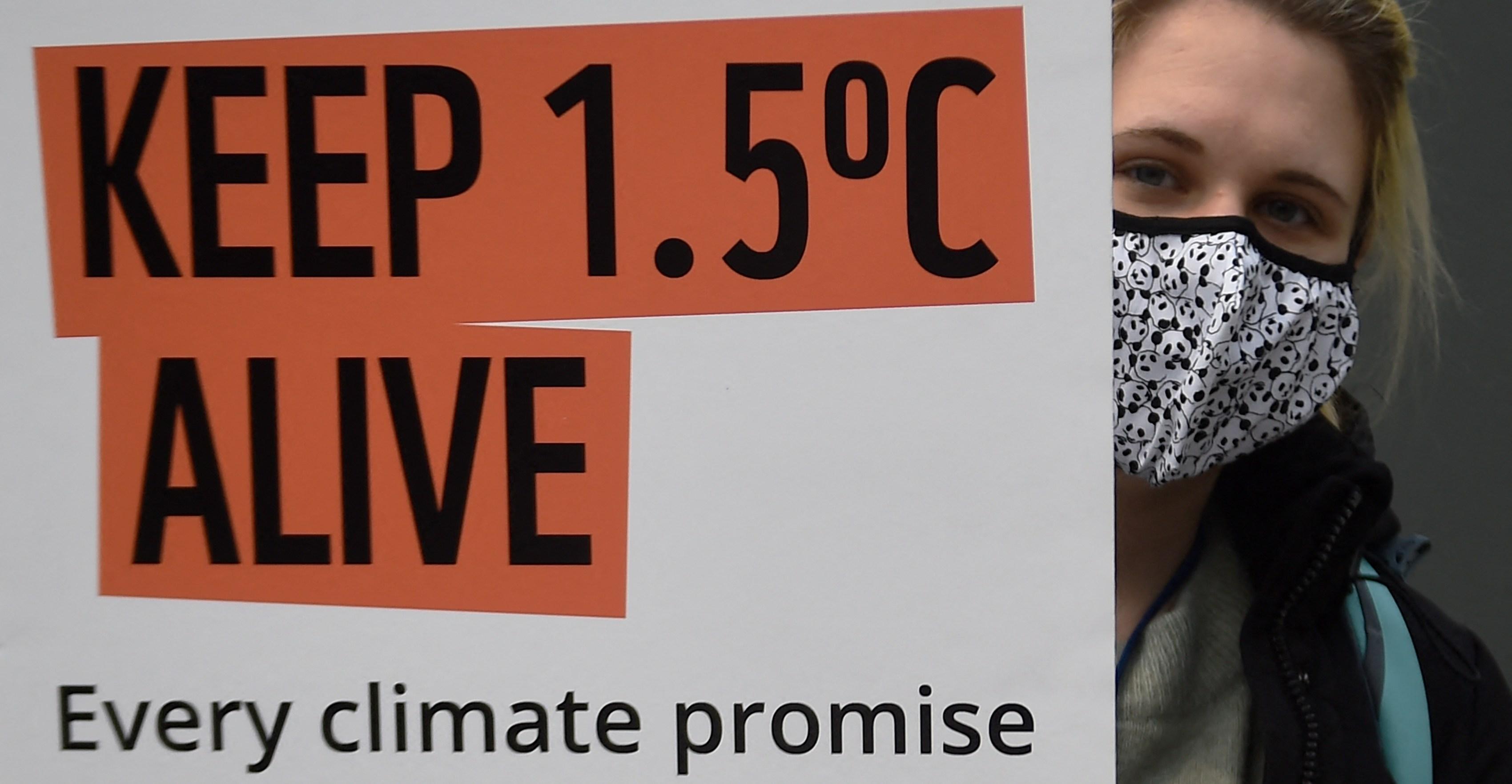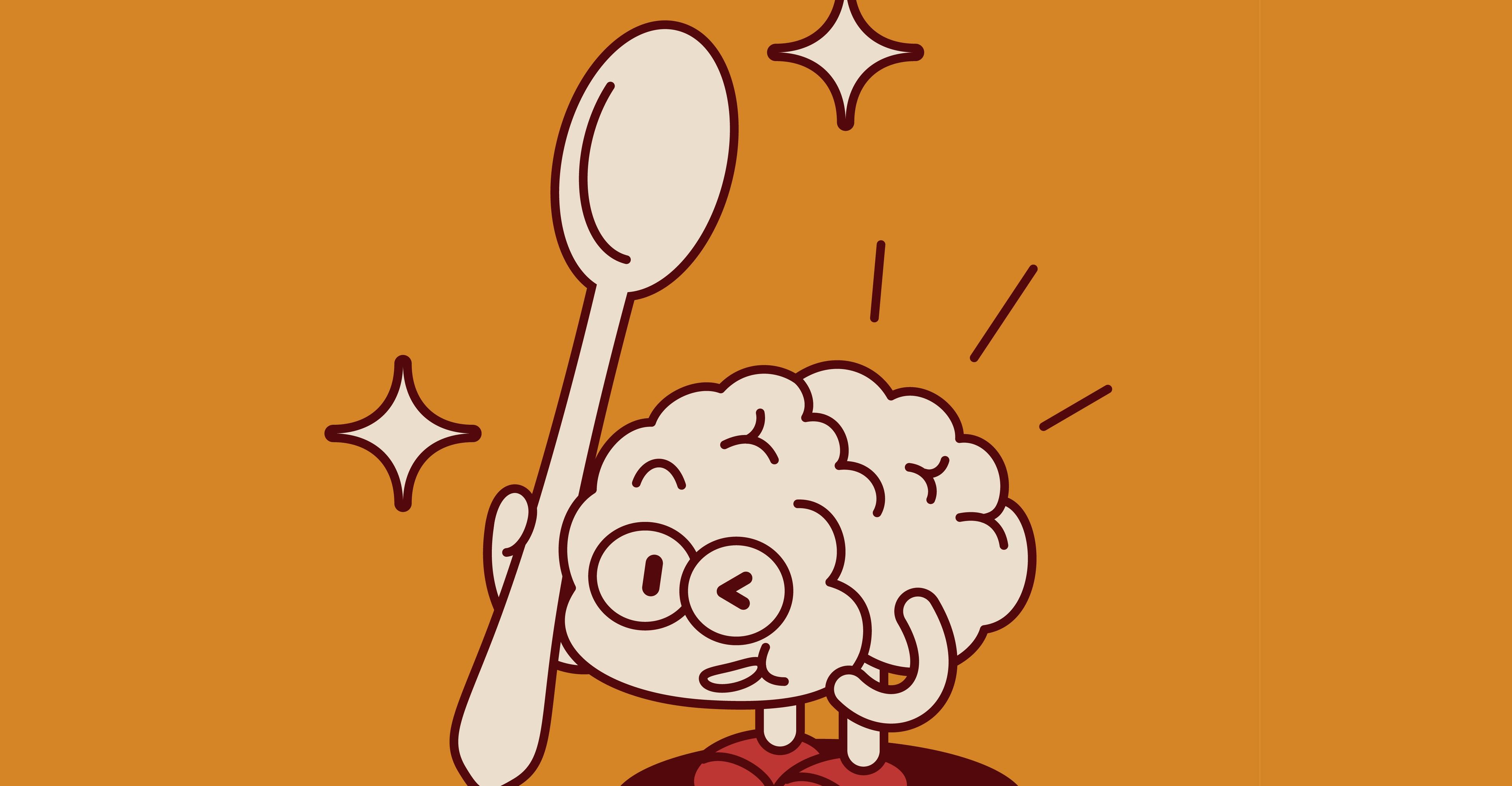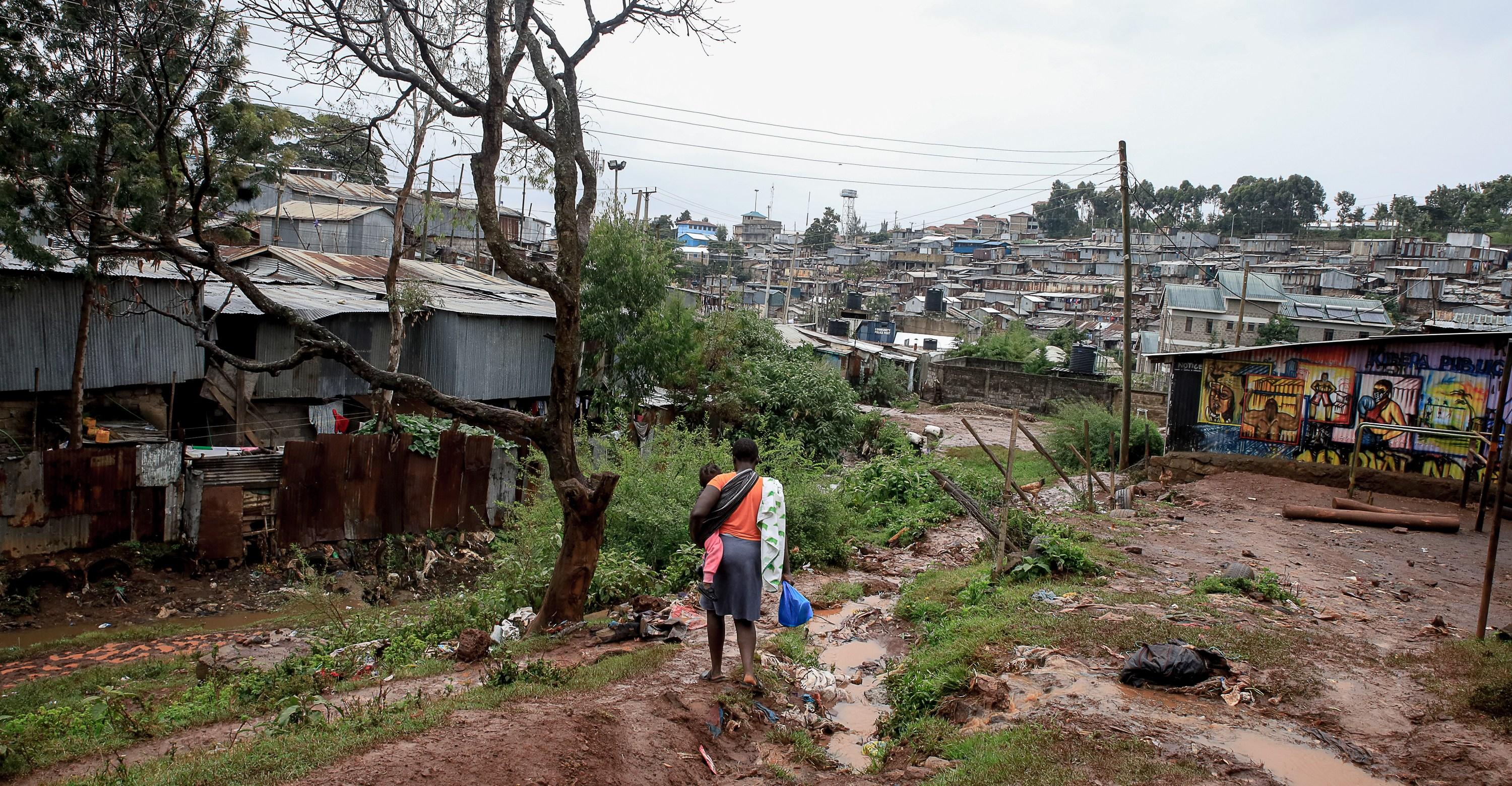There’s a mad, intoxicating hope embedded in this weekend’s release of Beetlejuice Beetlejuice. It sees the return of old stars Winona Ryder, Michael Keaton, and Catherine O’Hara, along with the rising new talent Jenna Ortega. Will another old familiar face c…

Published a year ago on Sep 8th 2024, 12:00 pm
By Web Desk

There’s a mad, intoxicating hope embedded in this weekend’s release of Beetlejuice Beetlejuice. It sees the return of old stars Winona Ryder, Michael Keaton, and Catherine O’Hara, along with the rising new talent Jenna Ortega. Will another old familiar face come along with them? Is it possible for us to finally get back to the old Tim Burton? The Tim Burton who directed the first Beetlejuice back in 1988. The Tim Burton who made Edward Scissorhands in 1990 and Batman Returns in 1992 and dreamed up the characters of 1993’s The Nightmare Before Christmas. Tim Burton before CGI. Tim Burton before all those half-hearted Disney remakes. Tim Burton before his movies all started to look and feel sort of the same. Tim Burton back when he was regularly delivering movies that didn’t look quite like anything you’d ever seen before. The impossible dream of Beetlejuice Beetlejuice is that it can take us back to before the wild rise and meandering downturn of one of Hollywood’s most visually distinctive directors. In part, that’s because the original Beetlejuice is such a perfect encapsulation of all the little grace notes that used to make Burton’s work so exceptional — and all the grace notes Burton began to abandon as his movies became ever more schticky and self-indulgent. I’m not talking here about the stuff that Burton built his name on. Burton is best known for his love of the macabre and the whimsical, the aesthetic he borrowed from Edward Gorey by way of the German expressionists. His characters are forever daubed in white pancake makeup and wearing black-and-white striped stockings while an eerie, twinkly Danny Elfman tune plinks away in the background. Frequently, his movies play with the tropes of familiar children’s stories gone ghoulishly awry. He did all that while he was making Beetlejuice, and he did it afterward, and he’s still doing it now. Those are the features that make Burton films distinct, but they’re not the ones that used to make Burton films great. What made the best Burton movies sing was the play between the normal and the paranormal, the grounding in the real as events got decidedly unreal. He used to play that game better than anyone else — and we can see his moves with exceptional clarity in the first Beetlejuice. The 1988 Beetlejuice opens with a deceptively charming tracking shot and a clever visual trick. The camera pans over a panorama of a bucolic small New England town: a whitewashed church steeple, a village green, an idyllic Main Street — and then a monstrously huge spider, crawling across the frame. When the camera draws back, it reveals that the spider wasn’t that big after all, but normal sized. It was always the village that was tiny. What we’ve been looking at is a fiendishly detailed tiny-scale model. After that, whenever you see the little town, you can’t avoid the suspicion that what you’re seeing is still a model. Whenever you see the model, you can’t avoid recalling how clearly it resembles the real thing. The question of what’s real and what’s only pretend becomes blurry, impossible to resolve. All movie long, Burton tap-dances along the fuzzy line between the two and flourishes there. [Media: https://www.youtube.com/watch?v=Io0PZTAcBes ] In the film, Alec Baldwin and Geena Davis play Adam and Barbara, a nice, normal suburban couple who have had the misfortune to unexpectedly become ghosts. When the monstrously citified Deetzes move in (including Catherine O’Hara as the stepmother and a startlingly young Winona Ryder as goth teen Lydia), Adam and Barbara hire the devilish poltergeist Beetlejuice, played by a diabolical Michael Keaton, to drive the living from their old home. All these years later, what we mostly remember are the two central performances. Keaton, with his nervey stream of polyvocal patter, made for an iconic Beetlejuice, as he goes about trying to exorcise the Deetzes from Adam and Barbara’s house. Ryder launched her career with her turn as veil-draped and monocle-wearing Lydia, somberly intoning, “My whole life is one big dark room.” But part of what gives Beetlejuice and Lydia their spiky charisma is the way they play off Adam and Barbara, who are the straight men to Keaton’s and Ryder’s wild cards. They are restrained and commonsensical where Keaton and Ryder are exuberant and irrational. They make the undomesticated ferocity of Keaton and Ryder legible. You need Davis as Barbara saying, “I like that little girl,” to see that Lydia is a sweet and vulnerable teenager hiding under the spiky black bangs and swathes of black clothes. You need Baldwin as Adam blustering, “What are your qualifications?” at Beetlejuice to really feel Keaton’s mercurial aggression. You need both of them as your point of view to get the feel of the bonkers Burtonian land of the dead, where the kitchen door leads to a monster-infested desert and a green-skinned corpse serves as the receptionist and rolls her eyes when you ask a question. Barbara and Adam are mundane ghosts. Lydia is a real girl as fantastically gothic as ghostly Beetlejuice. The question of which of them represents the real and which of them represents the unreal — which of them is the model village and which is the real thing — is one the movie never bothers to answer. The play between the two possibilities is the fun of the thing. [Image: Winona Ryder playing the fantastically gothic Lydia. https://platform.vox.com/wp-content/uploads/sites/2/2024/09/wynona.jpg?quality=90&strip=all] Burton plays with a similar duality in most of his best films. Tortured Edward Scissorhands comes to life for us because of the regular suburban mom who decides to take him home. The sexiest scenes between Batman and Catwoman in Batman Returns come when they’re both disguised in their cover identities as civilians Selena and Bruce, making us wonder which identity is real. Yet Burton started turning his back on such play years ago. In the plentiful adaptations and remakes he’s made lately, you can see him regularly walking right by the possibility of setting his outré gothic monsters against characters who might bring a more everyday perspective into the film. In 2005’s Charlie and the Chocolate Factory (perhaps his first truly awful film), Burton left regular kid Charlie unexplored to zoom in on the mannered eccentricities of his Willy Wonka, played by Johnny Depp. In his 2007 adaptation of the Stephen Sondheim musical Sweeney Todd (a decent enough outing for mid-career Burton), he chose to depart from the tradition that usually sees coarse and sunny Mrs. Lovett playing the yin to Sweeney Todd’s dour yang. Instead, in Burton’s version of the story, Mrs. Lovett and Sweeney Todd are two peas in a black-and-white-striped pod. If there’s any tension between the pair, it doesn’t come across in either their aesthetic or their performances. Little by little, year after year, Burton’s stories seem to have floated away into a whimsical gothic fantasia, untethered to any sense of reality, where everything feels equally impossible and so its impossibility never becomes interesting. As his budgets have gotten bigger and CGI has grown ever-more ubiquitous, his aesthetic has made the same journey as his stories. Beetlejuice’s monsters are all puppets and practical effects from the cutting edge of 1988, with a tactile, familiar kitsch that adds to the cozy spookiness of the film. By 2010’s Alice in Wonderland, Burton was able to build entire worlds in CGI. It created the unsettling effect that his movies were populated by actors standing in complete isolation before green screens, struggling to emote a sense of wonder or terror in front of marvels that remained invisible to them. Burton’s last feature film was the live-action remake of Dumbo in 2019. Critics generally felt the movie was solid at best (it’s got a 46 percent on Rotten Tomatoes), but some of them also saw a bizarre sort of allegory in the film. The movie, which saw a circus of scrappy underdog freaks sell out to become a joyless sideshow at a slick amusement park, felt oddly like an apology for the last 15 years of Burton’s career. “The drive to accumulate money, when it takes over the drive to make great art or entertainment, kills creativity and crowds out humanity and decency, Dumbo says,” wrote Alissa Wilkinson in her review for Vox. “Turning simple joy and wonder into pure eye-popping extravaganza can only end in emptiness, in people losing their jobs and being trapped in avarice.” Tim Burton seems to know that his work has suffered for a while. The question proffered by Beetlejuice Beetlejuice is whether he’s taken the opportunity to learn from what he used to do really, really well — and whether the old Tim Burton will, like Beetlejuice, rise triumphantly up from his grave once again.
Browns LB Bush found not guilty in assault trial
- 16 hours ago

The PS5, PlayStation Portal, and Sony’s DualSense are still on sale for a limited time
- 4 hours ago

LG enters the RGB LED fray in 2026 with the Micro RGB evo TV
- 4 hours ago

Mayor emphasises importance of waste-to-energy projects for Karachi
- 10 hours ago

The mass shooting on Australia’s Bondi Beach, briefly explained
- 2 hours ago

Trump is recruiting Big Tech workers for the government
- 4 hours ago
25% Decline in foreign investment in Pakistan:State bank report
- 12 hours ago

We’re passing a dangerous global warming threshold — but we’re not doomed
- 2 hours ago

Bungie’s delayed shooter Marathon launches in March
- 4 hours ago

The unexpected link between your diet and your anxiety
- 2 hours ago

The looming showdown over IVF, explained
- 2 hours ago

Who is Picea Robotics, Roomba’s new owner?
- 4 hours ago
You May Like
Trending






